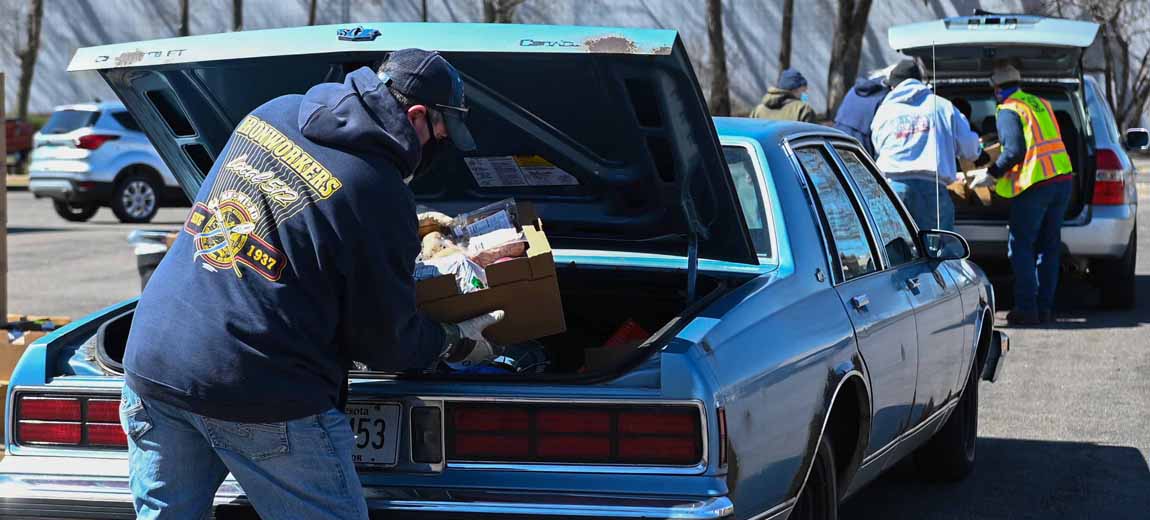This past winter members of the Minnesota Building Trades put their feet and backs into helping distribute food to struggling people.

Giving is Natural for the Trades
Read more

This past winter members of the Minnesota Building Trades put their feet and backs into helping distribute food to struggling people.

Rice County Habitat for Humanity’s latest home project is located on Willow Street, one of the city’s main throughfares in Faribault, MN.